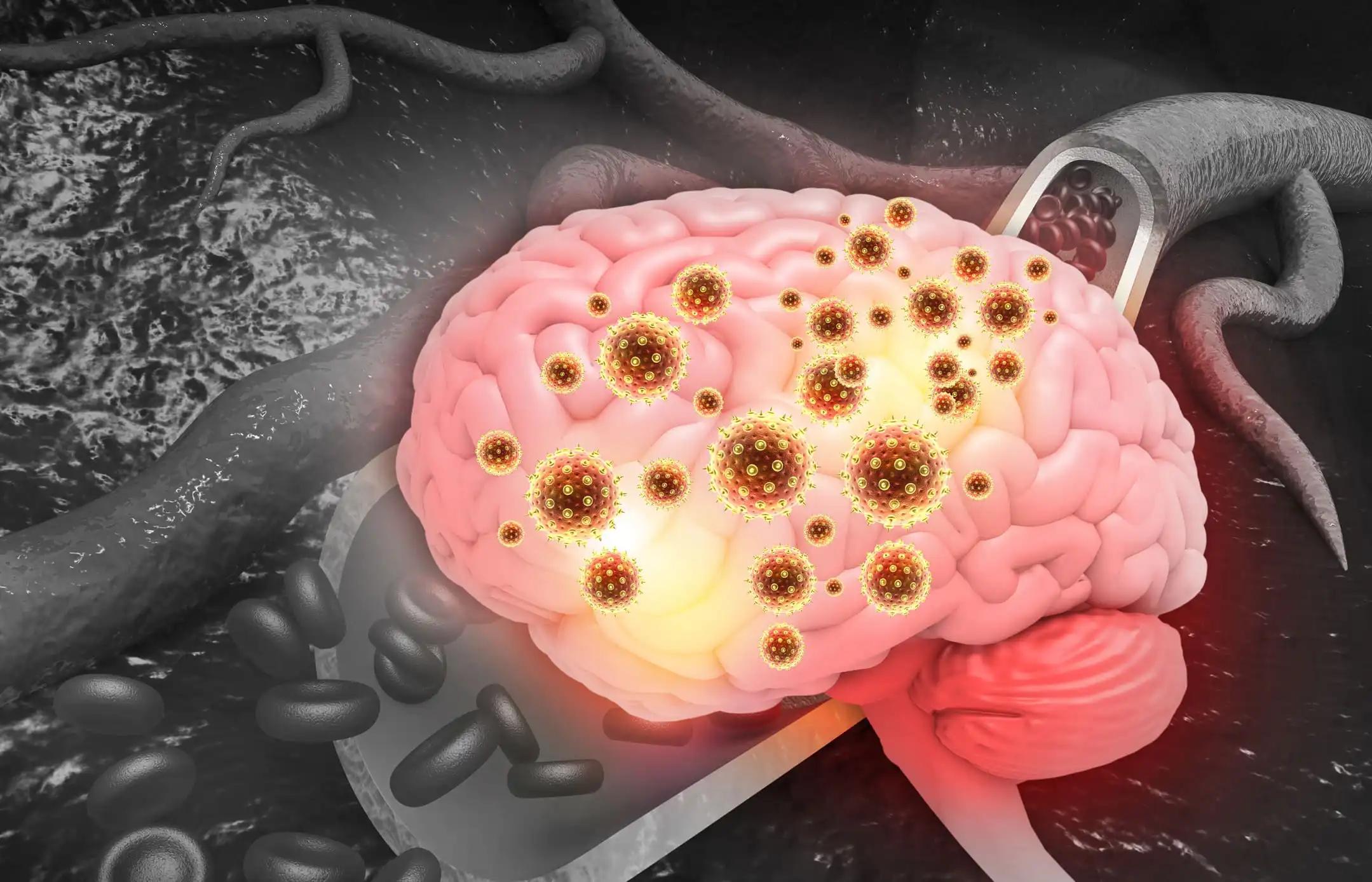KEY TAKEAWAYS
- The study aimed to assess and compare how well bevacizumab and LITT treat RN in patients with CNS neoplasms.
- The study found both bevacizumab and LITT effective for RNs, with bevacizumab offering superior symptomatic relief. However, individual factors should be considered.
In individuals with brain cancer, radiation necrosis (RN) develops as a localized inflammatory response to radiation, potentially leading to substantial morbidity.
Neslihan Nisa Gecici and the team aimed to assess and compare the effectiveness of bevacizumab and laser interstitial thermal therapy (LITT) in treating radiation necrosis in individuals previously treated for central nervous system (CNS) neoplasms.
The study conducted screenings of PubMed, Cochrane, Scopus, and EMBASE databases. It included studies involving individuals with radiation necrosis stemming from primary or secondary brain tumors. Researchers performed an indirect meta-analysis utilizing random-effect modeling to compare clinical and radiological outcomes.
The results revealed that among the 210 patients in the bevacizumab group and 337 patients in the LITT group across 24 studies, bevacizumab showcased symptomatic improvement or stability in 87.7% of cases, with 86.2% showing radiological improvement or stability, and 45% experiencing a reduction in steroid usage. LITT, on the other hand, demonstrated symptomatic improvement or stability in 71.2% of cases, with 64.7% showing radiological improvement or stability and 62.4% experiencing a reduction in steroid usage.
Comparative analysis indicated statistically significant differences favoring bevacizumab in terms of symptomatic improvement or stability (P= 0.02), with no significant differences observed in radiological improvement or stability (P= 0.27) or steroid reduction (P= 0.90). The incidence of adverse reactions was 11.2% for bevacizumab and 14.9% for LITT (P= 0.66), with the majority being grade 2 or lower (72.2% for bevacizumab and 62.5% for LITT).
The study concluded that both bevacizumab and LITT demonstrated positive clinical and radiological outcomes in the management of RN. However, bevacizumab was linked to superior symptomatic control compared to LITT. It emphasizes the importance of considering individual factors such as patient characteristics, diagnosis, and lesion specifics when selecting the most suitable treatment modality for RN to optimize overall patient outcomes.
No funding was received.
Source: https://link.springer.com/article/10.1007/s11060-024-04650-1
Gecici, N.N., Gurses, M.E., Kaye, B., et al. (2024). “Comparative analysis of bevacizumab and LITT for treating radiation necrosis in previously radiated CNS neoplasms: a systematic review and meta-analysis.” J Neurooncol 168, 1–11 (2024). https://doi.org/10.1007/s11060-024-04650-1



